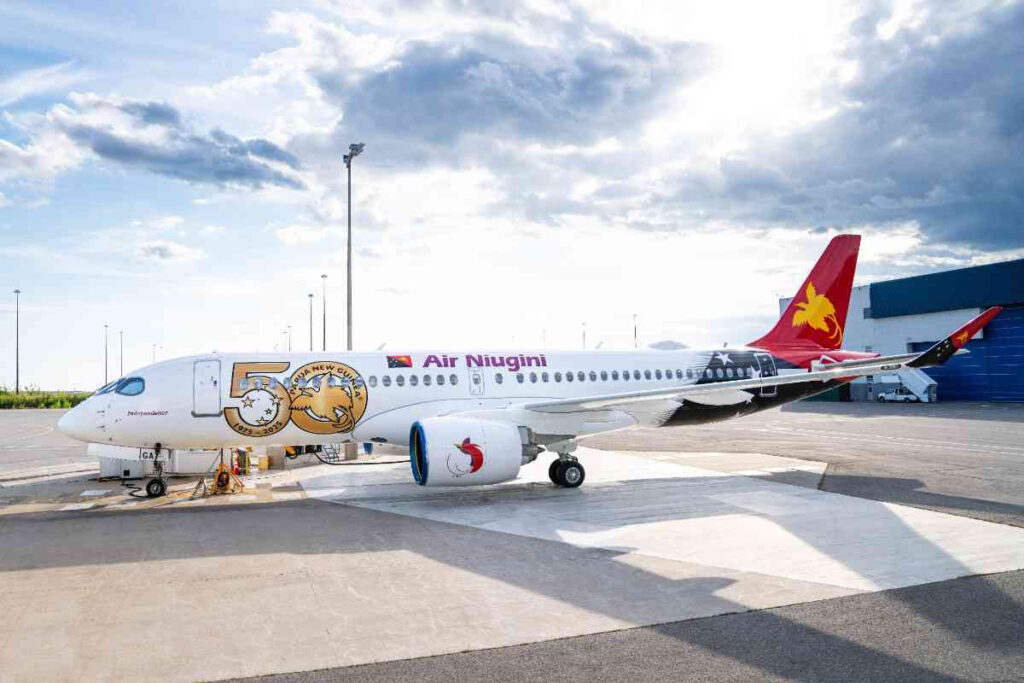Shipping textiles from China to the USA demands efficiency, speed, and careful logistics management. The fastest way to ship textiles from China to USA often depends on shipment size, urgency, and import compliance. Choosing the right method helps apparel brands and fabric suppliers maintain reliable supply chains and meet seasonal demand.
What Makes Textile Shipping Challenging?
Fabric shipments differ from general cargo due to strict regulations and textile classification codes. Additionally, textiles are lightweight yet bulky, which affects volumetric weight in air freight. Moreover, U.S. customs requirements for labeling, composition, and flammability add complexity to textile imports.
Many textile exporters prefer partnering with specialized freight forwarders who handle customs documentation and ensure compliance with the U.S. Federal Textile Regulations.
How to Choose the Fastest Shipping Method
Choosing between air freight, express courier, and sea shipping depends on urgency and cost efficiency. Below is a comparison table of the major methods for textile logistics.
| Shipping Method | Average Cost (USD/kg) | Transit Time | Best For | Limitation |
|---|---|---|---|---|
| Express Courier | $8–$12 | 3–5 days | Samples, small parcels | High cost for bulk |
| Air Freight | $5–$8 | 5–9 days | Urgent fabric shipments | Weight restrictions |
| Sea Freight | $1–$3 | 25–35 days | Large textile volumes | Slow delivery |
| Rail Freight (to East Coast) | $3–$5 | 18–22 days | Mid-sized orders | Limited routes |
Air freight remains the fastest way to ship textiles from China to USA, balancing cost and delivery speed for medium-to-large shipments.
What Are the Main Textile Shipping Routes?
Textile exports from China typically originate in production hubs such as Guangzhou, Shaoxing, and Suzhou. Major U.S. destinations include Los Angeles, New York, and Chicago.
| Origin City | Destination | Route Type | Transit Time | Typical Mode |
|---|---|---|---|---|
| Guangzhou | Los Angeles | Direct | 5–7 days | Air Freight |
| Shanghai | New York | Via Anchorage | 6–9 days | Air Freight |
| Shenzhen | Chicago | Direct | 5–8 days | Express Courier |
| Ningbo | Los Angeles | Ocean | 28–32 days | Sea Freight |
In addition, companies often consolidate cargo to save cost while ensuring fabric shipments remain moisture-free and well packaged.
What Documents Are Needed for Textile Import?
Proper documentation is crucial to avoid customs delays. The U.S. Customs and Border Protection (CBP) strictly enforces textile import compliance.
| Document Type | Description | Issued By |
|---|---|---|
| Commercial Invoice | Declares goods and value | Exporter |
| Packing List | Lists items per package | Exporter |
| Certificate of Origin | Confirms product source | Chamber of Commerce |
| Textile Declaration | Details fiber content | Exporter |
| Bill of Lading / Airway Bill | Shipping proof | Carrier |
Therefore, ensuring all textile documents are completed before shipment can save up to two days during customs clearance.

Case Studies: Real Textile Shipping Examples
🟩 Case 1: Guangzhou to Los Angeles (Express Air)
Cargo: 1,500 kg cotton fabric rolls
Mode: Air freight (direct)
Cost: USD 6.5/kg
Transit Time: 6 days
Result: Delivered before trade fair deadline; zero damage
🟨 Case 2: Shaoxing to New York (Consolidated Air)
Cargo: 3,000 kg mixed textile order
Mode: Air consolidation
Cost: USD 5.3/kg
Transit Time: 8 days
Result: Saved 12% on cost; arrived within retail season window
To illustrate how real businesses handle textile logistics, here are some practical case cards showcasing routes, methods, and outcomes.
What Are the Key Factors Affecting Textile Freight Cost?
Several variables influence the shipping cost for textiles from China to the USA, such as:
- Cargo volume and dimensions: Fabric rolls occupy space quickly.
- Transport mode: Air costs more but saves significant time.
- Seasonal demand: Freight rates rise before holidays.
- Customs clearance complexity: Incorrect HS codes can cause delays.
- Fuel surcharges: These fluctuate based on global oil prices.
For example, shipping 2,000 kg of polyester fabric by air from Shanghai to Los Angeles costs around USD 10,500, while by sea it may only cost USD 4,200 but take a month longer.
How to Ensure Smooth Textile Customs Clearance
Importers can avoid delays by pre-verifying textile codes and labeling. Each textile must display correct fiber content, country of origin, and care instructions.
Moreover, U.S. CBP randomly inspects textile imports under the Textile Monitoring Program. Therefore, using an experienced customs broker ensures faster clearance and prevents cargo hold-ups.
| Step | Action | Benefit |
|---|---|---|
| 1 | Verify HS code accuracy | Avoid misclassification fines |
| 2 | Prepare textile declaration | Ensure CBP compliance |
| 3 | Use pre-shipment inspection | Confirm product conformity |
| 4 | Hire licensed broker | Speed up release |
| 5 | Track clearance online | Maintain visibility |
Why Partner with a Freight Forwarder for Textile Imports
Choosing the right logistics partner simplifies operations. A professional forwarder offers end-to-end solutions including documentation, insurance, and customs clearance. Furthermore, experienced agents can negotiate better air cargo rates and optimize fabric packing to reduce chargeable weight.
In addition, forwarders monitor global textile freight trends and proactively manage schedule changes or disruptions. Consequently, this partnership minimizes risk and saves valuable time for textile brands.
Conclusion
In summary, the fastest way to ship textiles from China to USA is typically air freight, offering speed, safety, and flexibility. However, combining modes—like air for samples and sea for bulk—can optimize costs. Partnering with a reliable freight forwarder ensures timely customs clearance, competitive rates, and transparent tracking. For textile importers, the key lies in balancing cost and delivery speed while staying compliant with U.S. import rules.
Request a Quote
Need a tailored solution for your shipping from China?Let TJ China Freight Forwarder assist you with reliable, cost-effective service.
FAQ:
Q1.What documents are needed for textile import from China to the USA?
You need a commercial invoice, packing list, textile compliance certificate, and import declaration for smooth customs clearance for textiles.
Q2.How can I reduce textile air freight time from China?
Book direct airline routes, consolidate shipments, and work with a freight forwarder specialized in textile air freight time reduction.
Q3.Do fabrics require special packaging for air transport?
Yes. Use moisture-proof and tear-resistant wrapping to protect delicate fabric materials during textile air freight shipping to the USA.
Q4.What is the average import duty for fabrics from China to the USA?
Fabric import duty rates usually range between 8%–14%, depending on HS code, fiber composition, and textile product classification.
Q5.Can express courier services handle bulk textile shipments?
Yes, but they’re best for lightweight textile samples or urgent apparel deliveries requiring express textile shipping from China to the USA.





